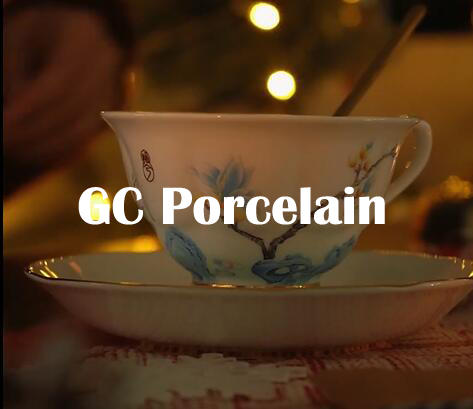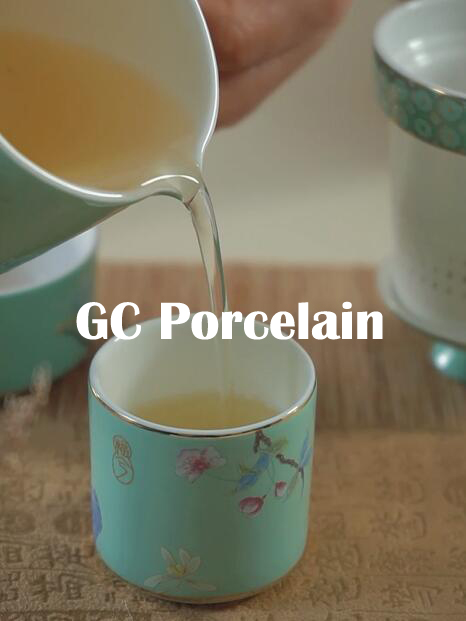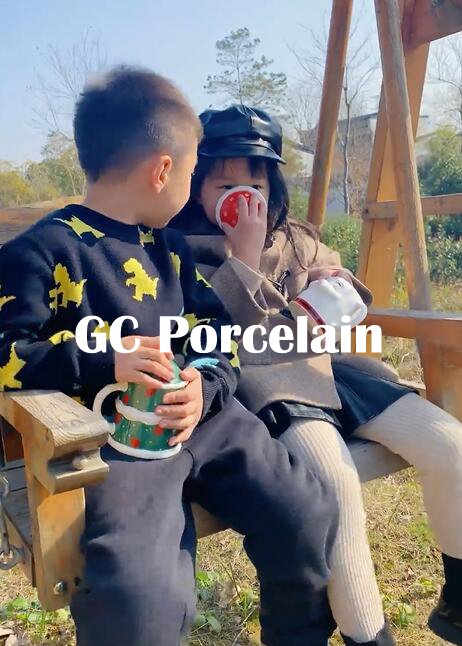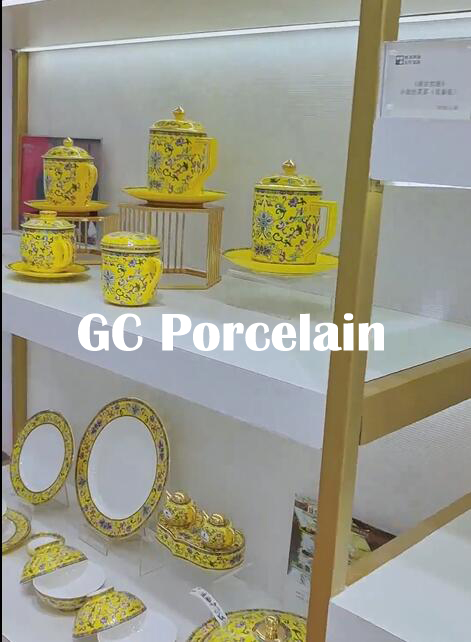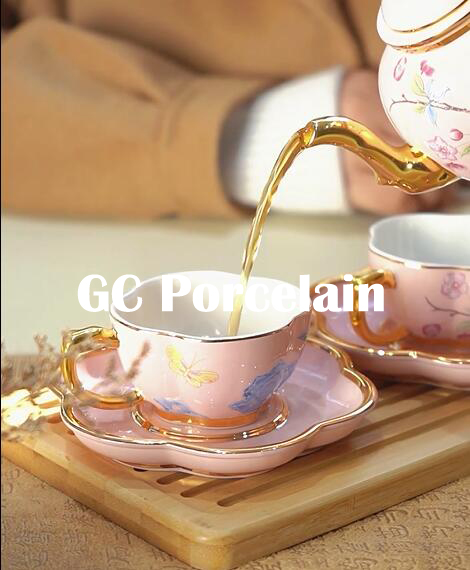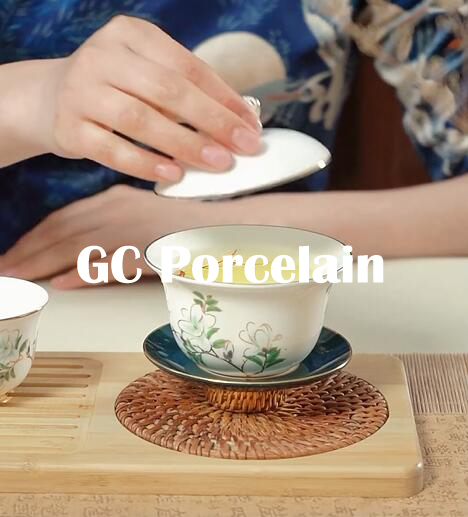QUOTE
Zisha is a kind of pottery clay sandwiched in other mines, its official name is "iron clayey siltstone", the main components are mica, kaolin, quartz, mica and higher iron. The main production area for purple sand is Yixing, Jiangsu Province, where it is the best quality and most famous. Some people think that purple sand bottles are purple or brown, so they think that purple sand is purple, in fact, it is not. Purple sand in Yixing, also known as purple sand soil, five-color soil, listen to the name to know is not a color. Yixing - zone of purple sand, for example, divided into white mud, a mud, young mud three categories, white mud is gray and white, a mud is purple, young mud is earth yellow and gray and white main color sandy clay. In the purple sand, because of the different veins generated, and there are purple mud, green mud, vermilion mud three kinds, usually said purple sand is including these three kinds of mud collectively.
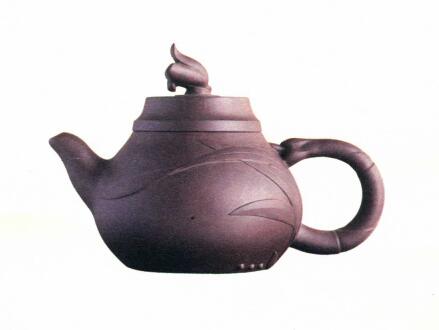
Why Purple Clay Tea Set is the most famous
Purple clay pots are works of art with beautiful shapes and elegant colors; moreover, among all teapots, purple clay pots are the most suitable for making tea. This is because the production of purple sand bottle of purple sand particles, has a porous structure, good permeability, summer tea will not become steamed, and can absorb the fragrance of the tea; but also has a very good heat conductivity, will not be hot, not easy to crack; color and the nature of the tea and the simplicity of the tea; modeling, color, decorative variety, tea at the same time can be appreciated to play with; in the use of the process, the clay will be changed, the more the more beautiful; the bottle with the expensive books, pots and paintings, and calligraphy masters carved pots, both of which can be used for the purpose of painting, calligraphy and painting. A bottle engraved in collaboration with a famous calligrapher or painter can be appreciated for both, and has a higher artistic value. Therefore, Zisha tea sets have been very popular since ancient times.
For collectors, the fame of zisha bottles is both historical and contemporary. If the time to divide, purple sand bottle can be roughly divided into the Ming and Qing Dynasties and before the ancient bottle and the 20th century after the modern bottle. 1950 to 1960, Yixing purple sand bottle, is one of the varieties with obvious characteristics of the era, this period of purple sand craftsmanship, the texture of the fine and dense, a variety of shapes, a variety of new products, it can be said to be the purple sand manufacturing process to be able to survive to this day, the development of one of the important reason for the development. In the early 1950s, after the war, there were only 50 or so practitioners left in Yixing, and only 20 or so old craftsmen left to make bottles. With the support of the government, the old masters organized themselves into cooperatives and resumed the production of zisha bottles. This period appeared Zhu Kexin, Wang Yinchun, Jiang Rong, Gu Jingzhou, Wu Yungen, Pei Shimin and a group of masters of the bottle art, these masters of the works, sand quality, craftsmanship standard, the boutique stacked up, by the bottle collection enthusiasts and favor.
Why is Yixing, Jiangsu famous for its purple sand?
In the Republic of China, people called purple sand bottles "Yixing bottles", and some old people still call them that. In fact, there are a lot of places with purple sand clay, the same geological conditions have purple sand clay, such as Shaanxi, Anhui, Zhejiang East have purple sand products, then why Yixing's purple sand is the most famous? There are four reasons:
First, the best quality of Yixing purple sand. Purple sand mines are widely distributed, Zhejiang, Anhui, Shandong, Henan, Guangdong, Guizhou, Taiwan have purple sand clay, compared to the best in the Yixing area of Jiangsu Province.
Secondly, Yixing in the Tang Dynasty, known as Yang envy, the local production of purple bamboo shoots and was recommended by Lu Yu as the royal family with the tribute tea. Because of the relationship between the tea, the calendar generation of many literati love tea, there is also a purple sand do tea set supporting.
Thirdly, people who loved tea wrote poems for tea and tea utensils, especially Chen Mansheng, who lived near Yixing in the Qing Dynasty, who advocated engraving poems and paintings on the alabaster utensils, combining the appreciation of calligraphy and painting with the tasting of tea, which accelerated the spread of alabaster tea utensils as the words were more expensive, and the words were passed on with the bottles.
Fourth, Yixing and the Dingshan and Shushan townspeople all lived on the Taihu Lake, so it was safe to transport fragile pottery by boat in large quantities, which is why Yixing is the first place to talk about alabaster.
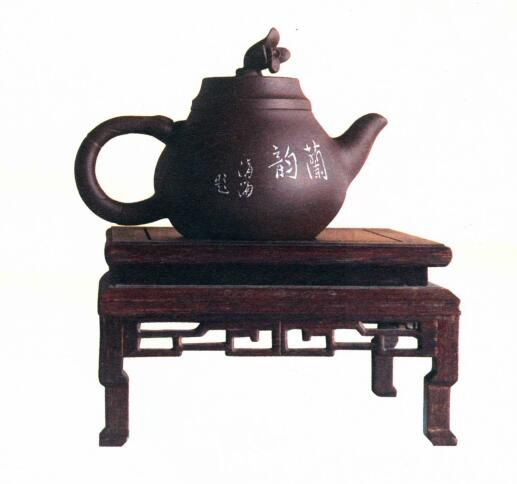
What is "Purple Clay"? How was it discovered?
Purple sand clay is not a general clay, it is from the mine out. Just digging out when it is ore, but stacked in the open air wind and rain sun, after a while it will decompose itself into a soft clay, and other ore is completely different. All of the clay fired into a hard vessel can be called pottery, just a variety of elements contained in the soil composition is different and divided into many categories, as already mentioned, there are purple clay, green clay, red clay. Purple clay plasticity is good, the production of non-stick tools, non-stick hands, so that people can do as they wish.
There is a legend about the discovery of Zisha clay. In Yixing, Jiangsu Province, there is a beautiful town called Dingshan, located on the shore of the Taihu Lake. A long time ago, the villagers in the town morning and evening, plowing to do farm work, leisure time with clay production of daily needs of the bowl, pot. One day, a strange monk appeared in their town. He walked while shouting: "rich royal soil, rich royal soil!" The villagers looked at the strange monk with curiosity. The monk noticed the doubt in the villagers' eyes and said, "Can't you be rich if you're not a royal?" The people were even more puzzled and looked at him as he walked around. Monk raised his voice, fast forward, some of the knowledgeable elders will follow him along. Walking to the yellow dragon mountain and green dragon mountain, the monk suddenly disappeared. The elders looked around, saw several new openings in the cave, the cave has a variety of colors of clay. The elders moved some colorful clay home, and magically burned a different color of pottery. One by ten, ten by a hundred, so, purple sand pottery slowly formed.
This legend is true or not, false or not, it explains the purple sand clay is produced in jiangsu yixing huanglong mountain and Qinglong mountain a kind of clay, local people very early to take the purple sand clay pottery, purple sand pottery is the emergence of people's pottery practice is inseparable. Human beings on the nature of a can use, is to master its characteristics for continuous creation. Now the earliest discovery of purple sand is in the Song dynasty, in 1976 in Yixing dingshan yangjiaoshan Song dynasty kiln site found a large number of purple sand bottle fragments, can prove that at least in the Song dynasty has been found and use of purple sand.
How are Purple Clay bottles fired?
The ancients invented the dragon kiln to burn porcelain. "Dragon kiln", as the name suggests, shaped like a long dragon, is built with masonry in the hillside from top to bottom incline, generally more than ten meters to more than 20 meters long, some as long as 50 or 60 meters, also known as snake kiln, centipede kiln. This kind of kiln heating up fast, cooling down fast, installed burning area is large, high output, originally is burned celadon, later people use it to burn alabaster.
When firing Zisha bottles, the dried pots are first put into a rectangular sagger bowl of refractory clay, and then sent to the kiln to be burned together, to prevent damage to the pots during the firing process. Each tray can hold nine teapots, and a kiln can hold thousands of trays. Burning kiln burning pine wood, a variety of clay firing temperature is not the same, purple clay in 1170 ~ 1190 ℃, red clay 1150 ℃ up and down, to be burned for four days to get out of the kiln. Later, the kiln shape improved to burn coal, heavy oil, gas or electricity, only a few hours out of the kiln, fast and good.
Mastering the temperature of the firing were previously experienced masters with the naked eye, some masters standing at the top of the kiln leisurely spit into the kiln fire, and then observe the spit will be able to identify the kiln temperature. This is purely based on experience, is a great job, quite good, folk say out of the 100 certificate, but also out of a watch kiln master. Now few with dragon kiln, are electric kiln, liquefied petroleum gas kiln, etc., with the instrument to observe the temperature, convenient and accurate, on the production volume, quality is also guaranteed. More importantly, saving resources and purifying the environment. In the early days of the founding of New China, there were hundreds of dragon kilns in Yixing, and the smoke covered the sun every day, and the annual consumption of pine firewood was more than 250,000 tons, which was a huge consumption of resources.
After firing, the kiln should not be opened until the temperature has dropped to about the same level as the outside air. If you take the bottle out while it is still hot, it will be "shocked" when it gets cold, and it will immediately crack and deform. When the kiln was opened, the tray was opened, and the bottle was ready.
Why are Zisha pots the best for tea making? What are its advantages?
Purple clay pots are favored by tea people, one side is because of the purple clay pots beautiful shape, style variety, unique, and the other side is also because it has many advantages in the bubble tea. Zhou Gaoqi in the Ming dynasty, "Yang envy Ming pot system" said: "to this mountain sand, can develop the true color and flavor of tea." The Yang envy Ming pot system is the first book in China to introduce zisha bottles, Zhou Gaoqi is very knowledgeable about zisha bottles, his hometown is in Jiangyin, which is very close to Yixing, and Yang envy is the ancient name for Yixing. He said that when tea was made from Yixing's purple sand, the color and aroma of the tea could be maximized, which is true today. The advantages of Yixing purple sand pots are summarized as follows:
Purple sand is a double porous structure of porous material, pore fine, high density. Tea with purple clay pot, not lose the original flavor, and the aroma is not dispersed, can get the true aroma and flavor of tea.
Purple clay pots have good air permeability, it is not easy to use it to brew tea flavor, summer overnight tea will not be steamed. If you don't use a bottle for several years, and open the lid and smell it, there is no moldy or foul smell.
Purple clay pots are ceramics that can absorb tea juice, so even if the inside of the pot is not brushed, the tea will not have a bad odor. Moreover, after a long time of use, the wall of the pot will accumulate "tea rust", and even if you pour white water into the pot, it will still have a strong aroma of tea, which is a unique quality of purple clay pots.
Zisha bottles have excellent thermal properties, so even if you pour boiling water into them during the cold months of winter, they will not explode. Moreover, the slow heat transfer of sand means that even the hottest water will not burn your hands in summer, and in winter, you can keep your hands warm.
As the clay changes during the course of use, the longer the bottle is used, the more lustrous and lovely it becomes, and the more elegant it is.
Purple clay pots are simple in color and match the nature of tea. Moreover, it comes in a wide variety of shapes and colors, so you can enjoy it while drinking tea.
If you have any questions or need to custom dinnerware service, please contact our Email:info@gcporcelain.com for the most thoughtful support!

